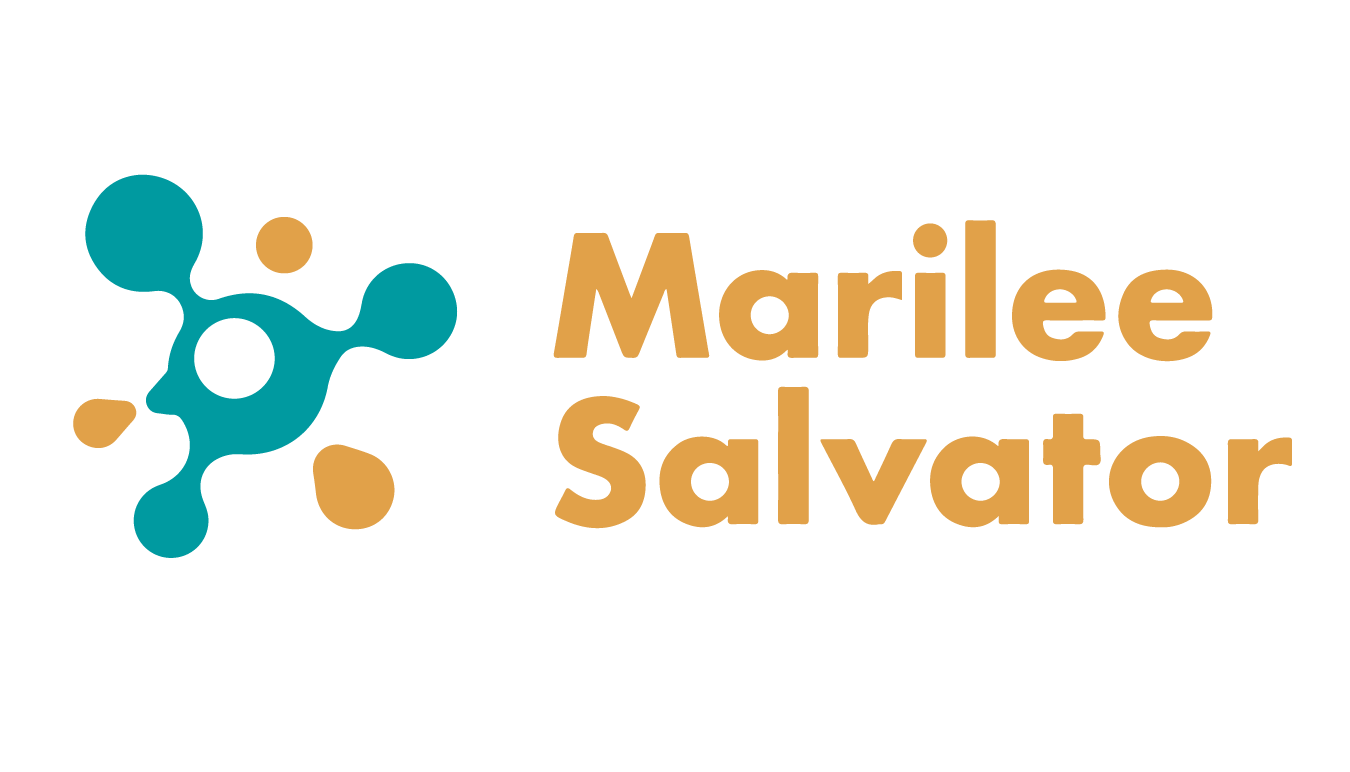CAA Printmaking Installation Panel Chair
Printmaking Installation: Three Individual Artists and One Print Collective.
Panel Chair: Marilee Salvator
Panel Members: Liz Ingram, Distinguished University Professor of Art, University of Alberta, Mitch Mitchell, Assistant Professor of Art, Concordia University and The Moving Company, artist collective
Panel Abstract
Printmaking is flourishing in the contemporary art world. Its inclusive nature allows for many different approaches and opportunities. Through history, there have been artists who use the print in innovative and monumental ways. A very powerful example of such work is Durer’s 1515-1517 “Triumphal Arch of Maximillian”. Contemporary artists such as Nancy Spero, Swoon and Nicola Lopez are constantly expanding the boundaries of the traditional print, creating large-scale installations that utilize the multiple in distinctive ways.
This panel includes three North American print artists and one artist collective including Liz Ingram, Distinguished University Professor of Art, University of Alberta, Mitch Mitchell, Assistant Professor of Art, Concordia University, The Moving Company, artist collective and Marilee Salvator, Associate Professor of Art, Metropolitan State University of Denver. Each artist will discuss their work and it’s relationship to print installation and contemporary print media.
Liz Ingram: “From Printmaking to Print Installation: A Personal Journey”
http://www.lizingram.com/
In the current world of image proliferation and rapid technological innovation in image quality and distribution possibilities, contemporary printmaking is bridging history with the future. The renewed interest in the tactile qualities of artist book-works and the hand-made is occurring alongside an explosion of explorations in digital media and print-installations. This talk will present my own work as a journey from traditional printmaking into the world of print Installation and public art. I have recently worked on large-scale projects and public commissions collaborating with project managers, printers, dancers, manufacturers, an engineer, and a government agency. Also my work on large-scale print installations has increasingly involved collaborations with my partner, Bernd Hildebrandt, an exhibition designer and poet. Along with these changes in practice, the subject of my work has also shifted from a focus on transitional states between material presence and the ephemeral to an increased focus on the environment.
Mitch Mitchell: “Graphic Multiple in the Post Industry Studio”
http://mitchmitchellart.com/home.html
The fine art print has undergone significant shifts motivated by historic sociological, political and media driven revolutions. These dynamic shifts have become a key motivation in the expansion and contraction of identities surrounding the democratic multiple. My own studio practice has shifted with each body of work utilizing materials and modes of manufacturing with the intent to mimic industries physicality of production, waste and its impact on the human condition. Paper, ink, rust, thread and various other materials become key components in my practice absorbing various complex metaphors associated with labor, failure and generational economic societies. In this presentation I will address topics related to the rejection of the fine art print canon, industry of image waste and the significance of technology’s as they have become a key factors behind studio artist’s decision in re-navigating the contemporary fine art multiple.
“The Moving Crew: The World’s Largest Art Collective”
http://www.themovingcrew.org/
The Moving Crew art collective deploys print media in all its installations, performances and interventions. Two international collaborative projects highlight this:
During “Ideal X”, 1,728 cardboard boxes were screenprinted. Each box was the exact dimension of the ISO standard shipping container measurement in miniature scale. When the boxes were assembled they formed the volume of a life-size shipping container. This life-size container built from miniature containers was assembled, disassembled and reassembled in galleries, public places and performance spaces by The Moving Crew, collateral groups and the general public to form installation variations.
During “Land-Grant-Flag-State-Construct”, print media was used throughout the installation and performance environment. Passports were made via offset lithography, hot-stamped foil as well as inkjet printing. Money was printed to serve as currency in the installation. Rubber stamps were used at border crossings and checkpoints.
The Moving Crew believes print activates their installations by encouraging believability and engagement.

